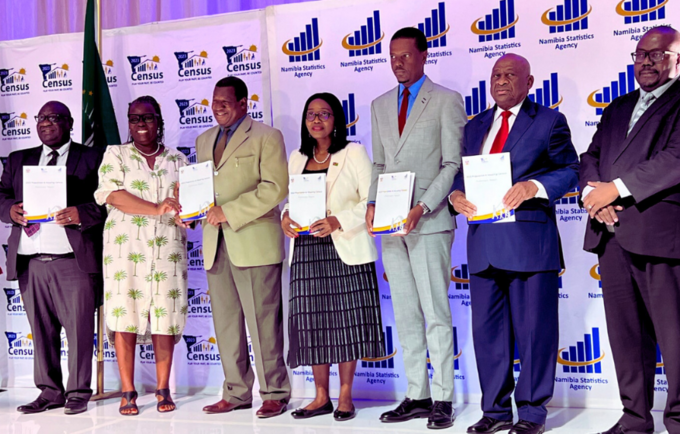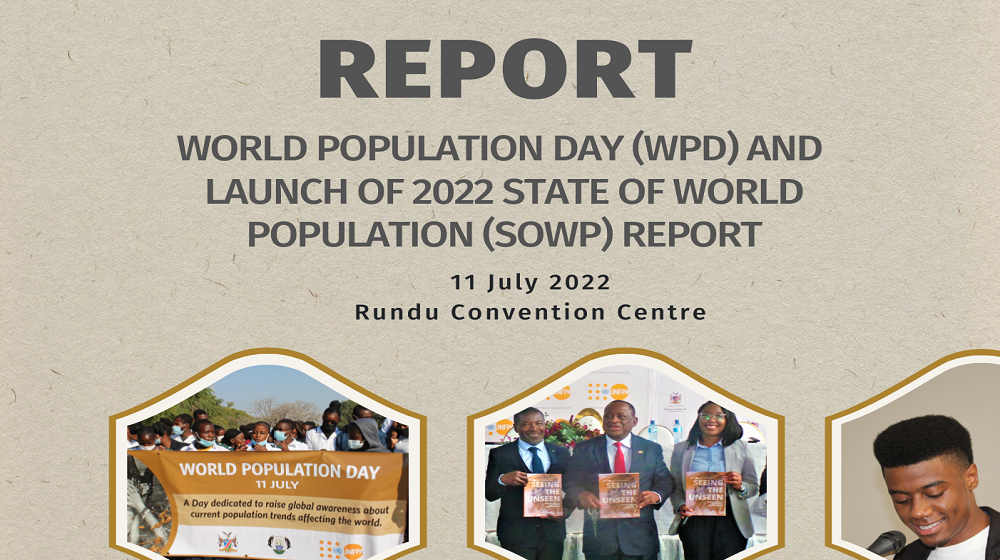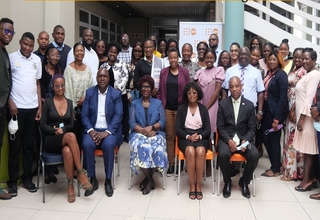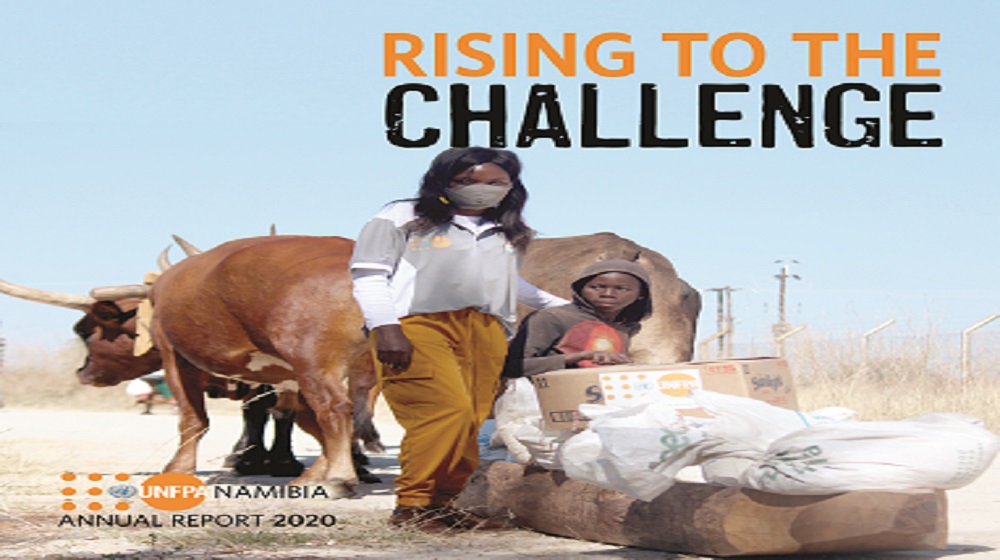WINDHOEK, Namibia - On 13 March 2024, the Namibia Statistics Agency (NSA) unveiled the preliminary findings of the 2023 Population and Housing Census. According to the report, Namibia's population has surged to 3.02 million, nearly doubling since the inaugural 1991 census, which tallied 1.4 million people.
Females constitute 51.2% of the population, while young people under 35 account for 71.1%. The population aged 0–14 stands at 37%, 15–59 years (working age) is 56.1%, 60+ years stands at 6.8%, and 15–34 years (youth) is 34.1%. The average household size has decreased to 3.8 people from 4.4 in 2011.
This was the fourth population and housing census conducted since Namibia's independence in 1990 and represents a digital milestone for the country, integrating spatial technology. The census main report and the labour force thematic report are slated for release by October 2024, as announced by Alex Shimuafeni, the Statistician-General of the NSA.
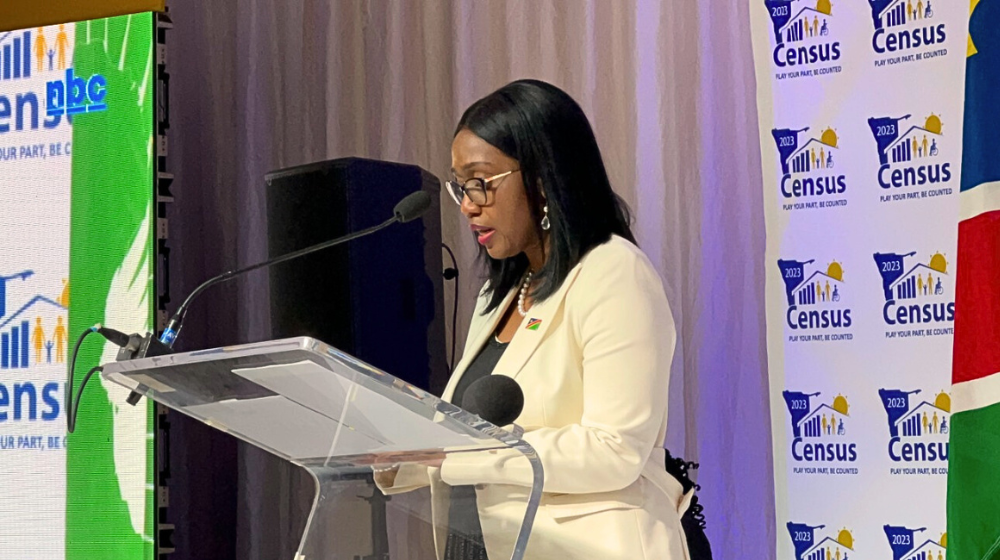
Preliminary figures indicate a population increase of 909,324 individuals since 2011, reflecting an annual growth rate of 3.0%.
Shimuafeni emphasized the significance of this growth trajectory, suggesting that if it continues at this pace, Namibia's population could exceed 6 million by the year 2050.
The rural population slightly surpasses the urban population, with 1,527,409 (50.5%) and 1,494,992 (49.5%) individuals, respectively. Urban areas have experienced a 65.5% population increase since 2011, while rural areas have seen a 26.3% rise during the same period.
Moreover, the gap between urban and rural populations is narrowing rapidly, shrinking from 25.3% in 2011 to 2.1% in 2023. In 2023, regional population distribution mirrors that of 2011, with Khomas remaining the most populous region at 494,605 (16.4%) and Omaheke the least populous at 102,881 (3.4%).
If you fail to plan, you fail to govern.
Addressing the launch event, the Right Hon. Prime Minister Saara Kuugongelwa-Amadhila stressed the pivotal role of statistics in guiding governance and planning. "If you fail to plan, you fail to govern," she affirmed, highlighting the census as a crucial step toward data-informed policymaking and resource allocation.
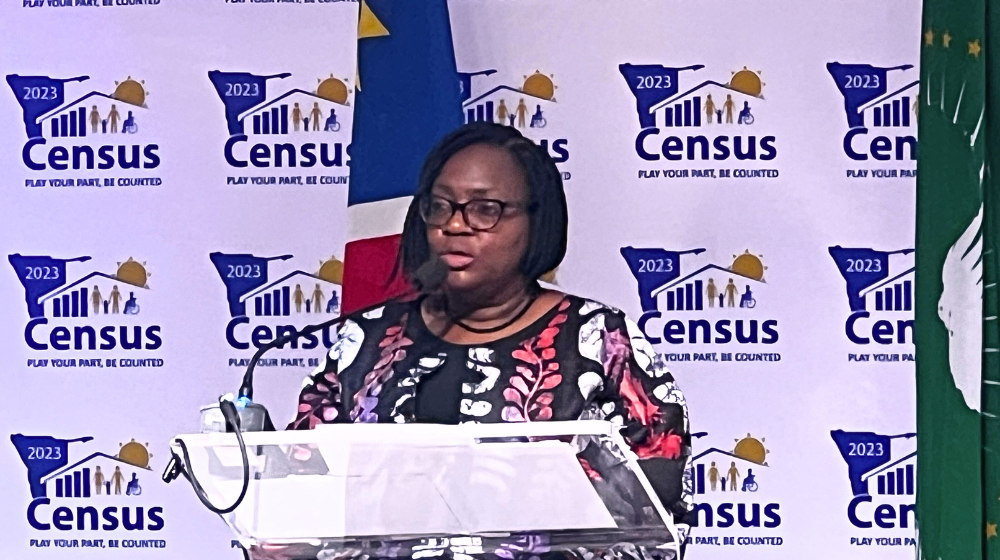
Erika Goldson, the UNFPA Namibia Representative, underscored the significance of statistics in shaping informed decision-making and national development.
Goldson reaffirmed UNFPA's commitment to collaborating with the Namibian Government, the NSA, and other stakeholders to ensure the generation of timely population data.
“UNFPA globally has a long history of successful cooperation with statistical institutions, specifically for Namibia with the NSA in undertaking population and housing censuses, a relationship that started at the Central Bureau of Statistics with the very first census in 1991,” she stated.
UNFPA's contribution to the 2023 Census includes facilitating the transportation of census tablets from Togo and providing technical oversight through a Census Chief Technical Advisor, a CSPro and Data Expert, and a Post Census-Enumeration Survey Expert, among others.
